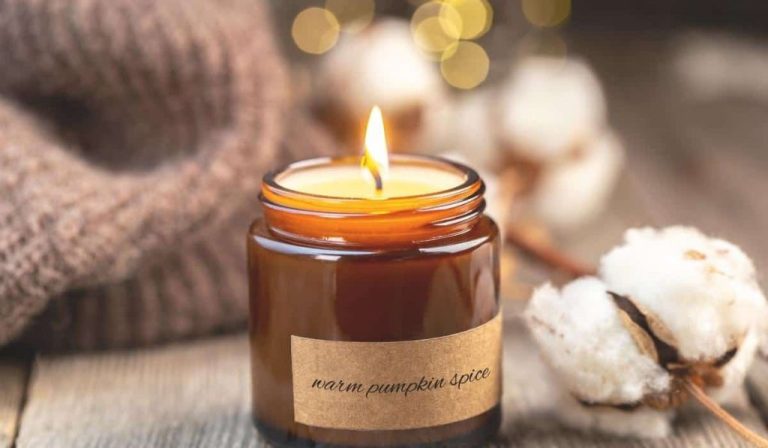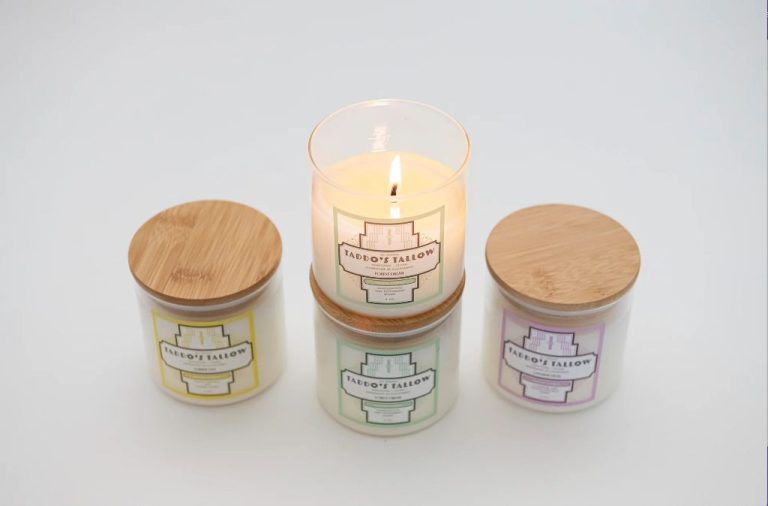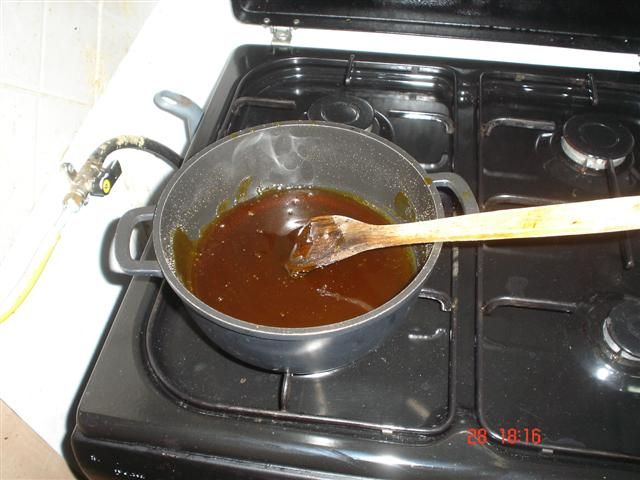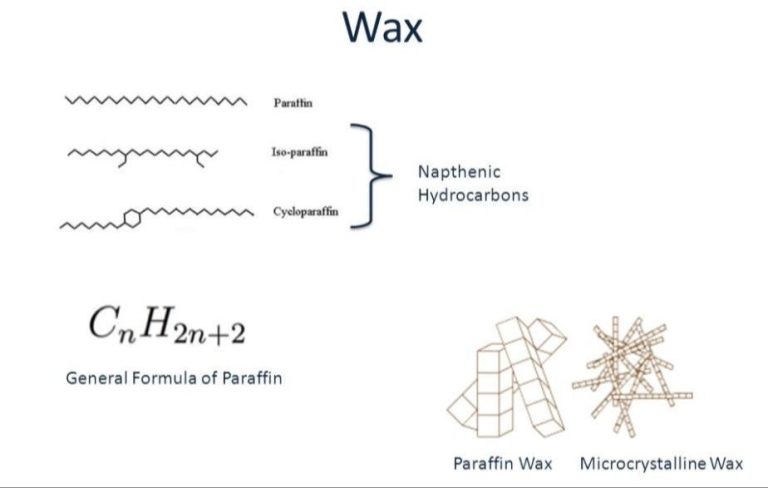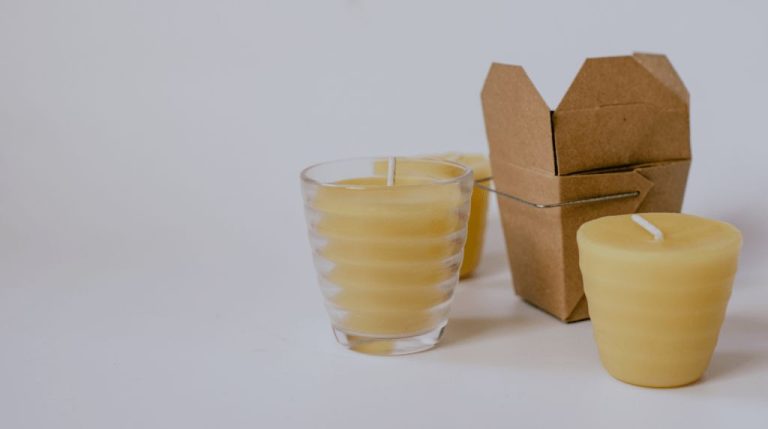Are Wax Melts Paraffin?
What are wax melts?
Wax melts, sometimes referred to as wax tarts or wax cubes, are small pieces of scented wax that are warmed to release fragrance into the air. Wax melts are not meant to be burned with a flame like candles. Instead, they are heated gently in either an electric wax warmer or a ceramic tea light warmer, slowly melting to release their aroma.
The main components of wax melts are wax and fragrance oil. The wax acts as a base to hold the fragrance, while the fragrance oil provides the scent. Wax melts come in a variety of shapes and sizes, such as cubes, tarts, hearts, and more. They are sold scented with different fragrances like vanilla, lavender, cinnamon, and fresh cotton.
When a wax melt is placed in a wax warmer and gently heated, it slowly melts, allowing its aroma to fill the air. The wax itself does not evaporate. Once the wax melt has completely liquefied, it is time to replace it with a new cube or tart.
Wax melts are popular because they provide fragrance without the need to light a flame. This makes them safer and easier to use than candles. The wax warmers allow the wax to be heated just enough to release the scent gently and consistently.
Common ingredients in wax melts
Wax melts are typically made from a blend of waxes and oils that provide fragrance as they melt. The most common ingredients found in wax melts are:
Paraffin wax
Paraffin wax is a petroleum byproduct made from refined crude oil. It’s commonly used in candles and wax melts because it’s inexpensive, easy to work with, and provides a strong scent throw. However, paraffin wax produces more soot than natural waxes when burned.
Soy wax
Soy wax is made from hydrogenated soybean oil. It’s a cleaner burning, renewable and biodegradable alternative to paraffin wax. Soy wax blends well with essential oils and provides a smooth melt. However, it’s more expensive than paraffin and doesn’t hold fragrance as well.
Beeswax
Beeswax is a natural wax made by honey bees. It has a sweet, honey-like scent when burned. Beeswax is biodegradable, non-toxic and burns cleaner than paraffin. But it’s quite expensive and has a low scent throw.
Essential oils
Essential oils are natural, concentrated oils extracted from plants. They provide wax melts with authentic, botanical fragrance. However, essential oils can fade faster than synthetic fragrance oils.
Fragrance oils
Fragrance oils are synthetic scents designed to duplicate natural aromas or create unique fragrances. They tend to be stronger and longer-lasting than essential oils in wax melts. But some may contain phthalates and other chemicals.
Are wax melts made of paraffin?
Many wax melts are made primarily from paraffin wax, which is a petroleum byproduct. However, there are alternatives available as well. Some brands use soy wax, beeswax, or other natural waxes instead of or in addition to paraffin.
Paraffin wax melts are very common because paraffin is inexpensive and easy to work with. It has a high melting point and produces a strong scent throw. However, some people prefer to avoid paraffin for health or environmental reasons.
Soy wax is made from soybean oil and is often touted as a more natural option. Beeswax is harvested directly from bee hives and has a pleasant natural honey aroma. There are also some blends that combine paraffin with soy, beeswax, or other waxes.
So in summary – many wax melts contain paraffin as it is affordable and effective, but there are alternatives available for those who wish to avoid paraffin.
Pros and cons of paraffin wax
Paraffin wax has been a popular choice for candle making and wax melts for many years. Here are some of the main pros and cons of using paraffin wax:
Pros:
- Cheap – Paraffin wax is relatively inexpensive compared to alternatives like soy wax or beeswax.
- Widely available – You can easily find paraffin wax at most craft stores, making it very accessible.
- High melting point – Paraffin wax melts at temperatures between 46–68°C, so it holds its shape well in warm environments.
Cons:
- Non-renewable – Paraffin wax is derived from petroleum, so it is not a renewable resource.
- May contain toxins – Unrefined paraffin wax may contain carcinogenic impurities or toxins.
While paraffin is budget-friendly and easy to work with, some people prefer natural wax options. But with proper care and refining methods, paraffin can still be a good choice for wax melts.
Pros and cons of soy wax
Soy wax, made from hydrogenated soybean oil, has gained popularity as an eco-friendly alternative to paraffin wax. Here are some of the main pros and cons of using soy wax in wax melts:
Pros:
- Renewable and sustainable – Soybeans are a renewable crop grown annually, so soy wax is not derived from limited fossil fuel resources like paraffin.
- Biodegradable – Soy wax will break down in the environment over time, whereas paraffin accumulates.
- Clean burning – Soy wax melts burn cleaner than paraffin with less soot.
Cons:
- Lower melting point – Soy wax melts at a lower temperature than paraffin, so may not retain scent as long.
- More expensive – Soy wax tends to be pricier than paraffin wax.
- Soy allergies – People with soy allergies may need to avoid soy wax.
Overall, soy wax is a good option for eco-conscious consumers despite being somewhat costlier and having a lower melting point than paraffin wax.
Pros and cons of beeswax
Beeswax is a natural wax produced by honey bees. It has some advantages and disadvantages compared to other wax options:
Pros:
- Natural and renewable – Beeswax is an all-natural product made sustainably by bees.
- Non-toxic and hypoallergenic – Pure beeswax contains no toxins or chemicals, making it a good option for people with allergies or chemical sensitivities.
- Pleasant honey scent – The light honey aroma of beeswax can add a nice subtle fragrance to wax melts.
Cons:
- Expensive – Beeswax tends to be more costly than paraffin or soy wax.
- Low melting point – Beeswax has a lower melting temperature than paraffin, so may not retain fragrance as long.
- Messy – The sticky texture of beeswax can make it trickier to work with.
Overall, beeswax is a high-quality yet pricier natural option for making wax melts. It’s best for people wanting an eco-friendly and non-toxic wax melt.
Making your own wax melts
One of the best parts about wax melts is how easy they are to make at home. This allows you to customize scents and ingredients to your preference. Here are some simple instructions for making DIY wax melts using different wax bases:
Paraffin wax melts:
- Melt paraffin wax in a double boiler, microwave, or candle wax warmer as directed on the package
- Add fragrance oils, essential oils, or scent blocks as desired – use .5 to 1 ounce of fragrance per pound of wax
- Optionally add color blocks if you want colored wax melts
- Pour the wax into silicone molds or muffin tins lined with parchment paper
- Allow to fully harden before removing from molds – this may take a few hours
Soy wax melts:
- Melt soy wax flakes or pellets in a double boiler on low heat while stirring occasionally
- Remove from heat and add fragrance at a rate of 1 ounce per pound of wax
- Pour into molds as directed above for paraffin wax
- Allow to fully cool and harden before removing from molds
Beeswax melts:
- Melt beeswax pastilles or pellets in a double boiler or microwave at medium power
- Add essential oils for fragrance, at a rate of .5 to 1 ounce per pound of wax
- Optionally add soy wax or other vegetable oils to soften the consistency
- Pour into silicone molds and allow to fully harden before removing
Once hardened, remove wax melts from molds and enjoy your homemade melts! Store in an airtight container away from heat or light when not in use.
Storing and Using Wax Melts
Properly storing your wax melts can help maximize their scent life and performance. Here are some tips for storing, heating, and getting the best throw from your wax melts:
Storing Tips
Store unused wax melts in an airtight container out of direct sunlight and away from heat sources. The cooler and darker the storage, the better. Storing them in the refrigerator can help prolong scent life.
Group melts by fragrance type – floral, bakery, etc. Strong scents can overpower lighter ones if stored together.
If wax melts lose their scent, try storing them with coffee beans or baking soda to help rejuvenate the fragrance oils.
Heating Tips
Use a wax warmer specifically designed for wax melts. Top down, bulb, and tea light warmers work well.
Low and slow is best – heat the melts at a low temperature to fully melt the wax and avoid scorching.
Space melts apart on the warmer so the fragrance evenly fills the room. Grouping too many together can concentrate the scent.
Maximizing Scent Throw
Trim wicks on wax melt tarts before melting to strengthen scent throw.
Combine complementary scent types like floral and fruity for a more complex aroma.
Add melts to an essential oil diffuser to scent a larger space. Just avoid clogging the diffuser spout.
Let wax fully pool out for stronger scent throw. The more melted wax surface area, the better.
Clean your wax warmer regularly to remove any fragrance oil residue buildup.
Safety considerations
When using wax melts, it’s important to keep safety in mind. Wax melts can pose certain risks if used improperly.
One key consideration is avoiding toxins. Some wax melts, especially lower quality or scented varieties, can contain chemicals and toxins that get released into the air when melted. These can be irritating or harmful if inhaled, especially for those with sensitivities. Opt for all-natural, non-toxic wax melts to limit exposure to chemicals.
It’s also wise to test for allergies. Just like scented candles, wax melts contain concentrated fragrance oils that can trigger allergic reactions or asthma symptoms in some. Do a patch test by melting a small amount first and being alert for any negative effects. Discontinue use if you experience headaches, breathing issues, rashes, or other concerning symptoms.
Proper ventilation is important when burning wax melts to allow fumes to dissipate. Never burn for prolonged periods in small, enclosed rooms. Supervise children and pets closely to avoid accidental ingestion or spills which could cause burns.
By taking precautions with toxin avoidance, allergy testing, ventilation, and supervision, wax melts can be enjoyed safely.
The bottom line
So are wax melts made of paraffin wax? The answer is sometimes. Many commercially made wax melts contain paraffin wax as it is an inexpensive ingredient. However, there are alternatives.
Beeswax and soy wax melts are available for those looking to avoid paraffin. These natural waxes burn cleaner and are more eco-friendly. Making your own wax melts at home also allows you to control the ingredients.
Ultimately there are pros and cons to the various wax melt formulas. Paraffin melts are affordable and readily available. Soy and beeswax melts are more expensive but renewable and sustainable. It comes down to personal preference and priorities in choosing the right wax melt for your needs.
The key is to enjoy wax melts safely and responsibly. Use electric warmers, don’t burn for more than 4 hours at a time, keep out of reach of children and pets. Wax melting can be an enjoyable experience with the right precautions.

